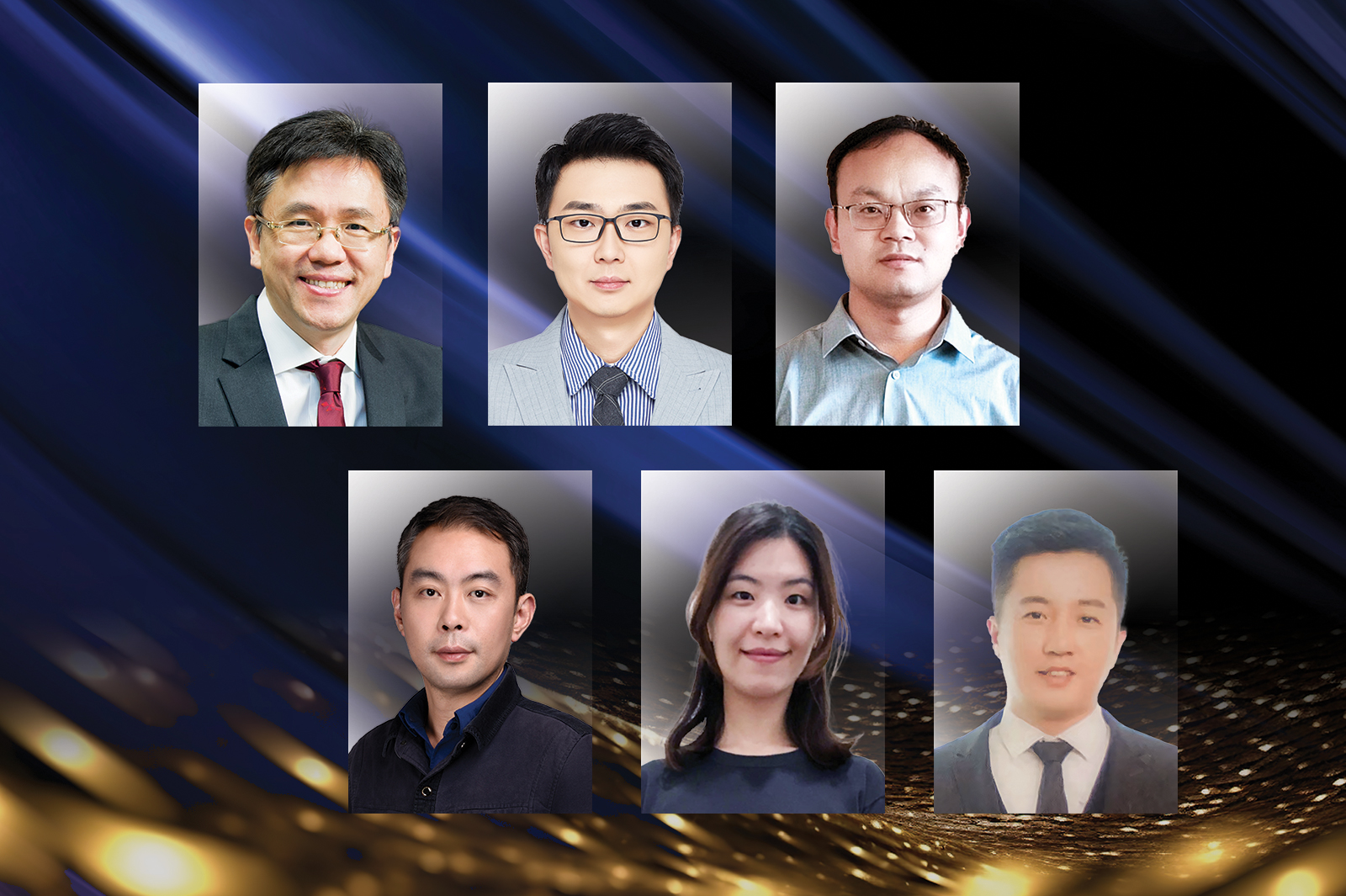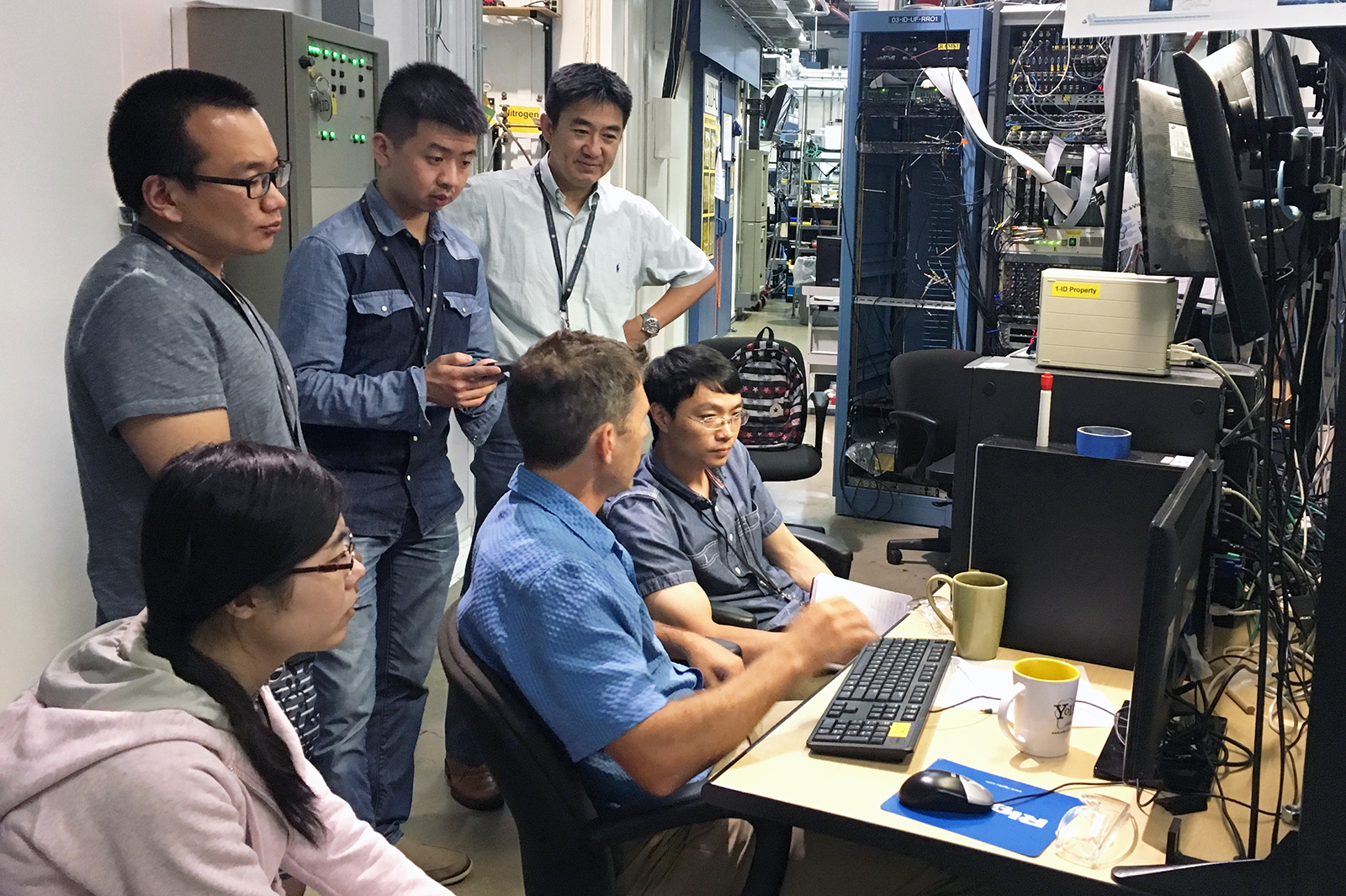Two CityU research projects win major awards from Ministry of Education

State-of-the-art research into the precise delivery of cells using microrobots and the study of the medium-range structure of metallic glass developed at City University of Hong Kong (CityU) have been honoured with two Second Class Awards in the Natural Science category at the Higher Education Outstanding Scientific Research Output Awards (Science and Technology) 2022 from the Ministry of Education.

The award-winning research project, “Theory and Methodology of Magnetically Driven Microrobots for Precise Cell Delivery”, was led by Professor Sun Dong, Chair Professor and former Head of the Department of Biomedical Engineering at CityU.
The team has been exploring for ten years how to use magnetic microrobots to carry cells precisely to specific locations in live animals. The research covers three main aspects: cell delivery using microrobots, magnetic control and driving systems of microrobots, and cooperative control of multiple microrobots.
The team has achieved the world's first in the precise delivery of cells within the body using microrobots and has demonstrated the feasibility of this technology for treating diseases in animals, laying a scientific foundation for precise, minimally invasive medical treatment. Five representative papers on the research have been widely cited by scholars in China and abroad.
Other members of the team are CityU doctoral graduates supervised by Professor Sun, including Dr Li Junyang, Associate Professor at the Ocean University of China; Dr Niu Fuzhou, Associate Professor at Suzhou University of Science and Technology; Dr Wang Can from the Shenzhen Institute of Advanced Technology, Chinese Academy of Sciences; Dr Ma Weicheng from Xiamen University of Technology; and Dr Chen Jian from Trina Solar Limited.

The other Second Class Award-winning project, "Study of Medium-Range Structural Evolution and the Phase Transformation in Metallic Glass", was completed through the collaboration of Professor Wang Xunli, Executive Director of the Hong Kong Institute for Advanced Study and Chair Professor in the Department of Physics at CityU, Professor Lan Si from Nanjing University of Science and Technology and Dr Wu Zhenduo from CityU (Dongguan).
The structure of amorphous material has been regarded as one of the most challenging problems in science. Professor Wang’s team focused on researching the medium-range structures and phase transition mechanisms of amorphous alloys and established the correlation between the two. The research results provide important insights for understanding the glass-forming ability and the nature of amorphous structures.
The team's scientific findings were reported by the National Natural Science Foundation of China on the first page of its website in mid-2017, widely reported by Xinhua News Agency and academic media in China and abroad, and highly regarded by distinguished scholars in the field.
The Higher Education Outstanding Scientific Research Output Awards (Science and Technology) set up by the Ministry of Education are presented to individuals and units of higher education institutions for their outstanding contributions in the areas of scientific discovery, technological invention, the promotion of scientific and technological advancement, and the implementation of patented technologies.